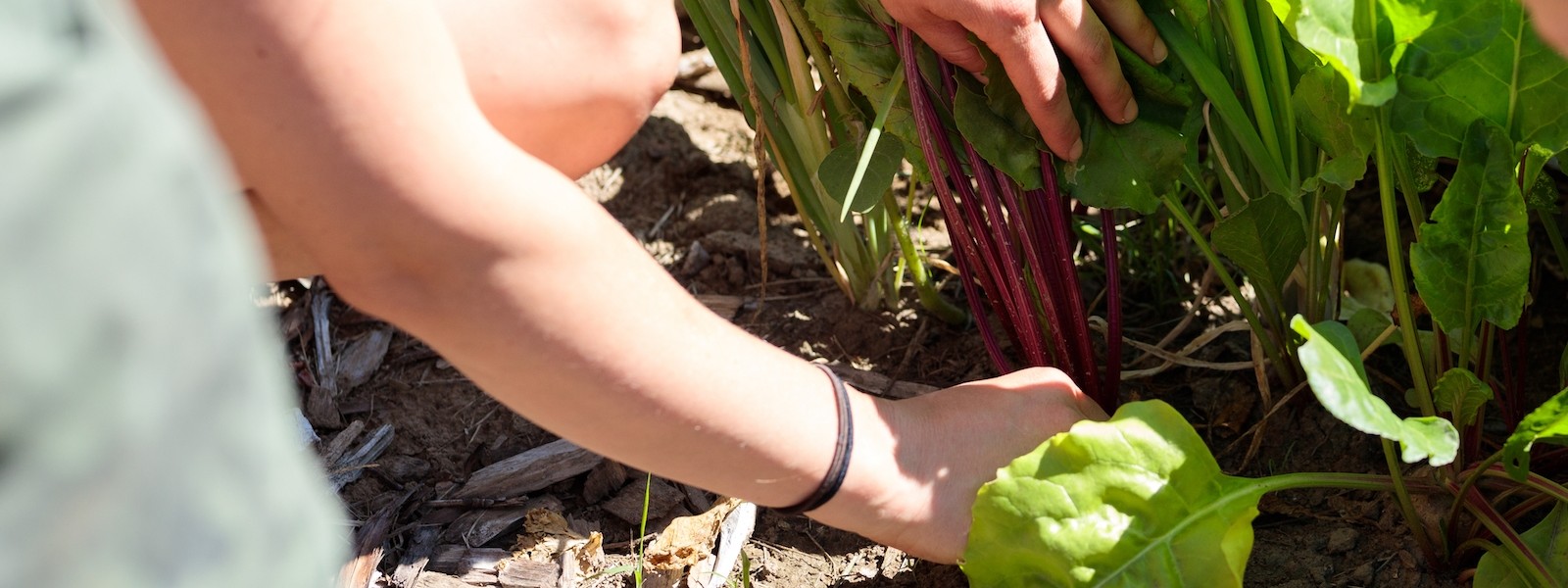Geotextiles: Black Plastic
Plastic mulch has been used in commercial vegetable production since the 1960’s. The material has proved to be a boost to agricultural productivity.
Because of the inherent physical properties of black plastic mulch to absorb sunlight and then pass it on to the soil below, it modifies the micro-climate around plants, enhancing growth, yield, and quality of horticultural crops.
USE
Black plastic mulch is typically used for spring-seeded crops because it increases soil temperatures about 5ºF at a depth of 2 inches compared to bare ground. Black plastic can be used for a number of crops in the home garden or on the farm including both warm and cool season vegetables, strawberries and cut flowers.
INSTALLATION
Black plastic mulch can be laid both by hand or with a plastic laying machine which is a tractor implement.
- Prepare soil well. It should be smooth and friable.
- If using drip tape, be sure it is laid well and it must go underneath the plastic.
- Do not lay plastic on dry soil.
- Carefully adjust plastic laying machine so the plastic is laid evenly on the bed having equal amounts on each side.
- Plastic should be in close contact with the soil for maximum heat transfer into the soil.
- Be sure the edges of the plastic are well secured with soil.
- Be careful not to puncture the plastic, as any holes allow sunlight to permeate and encourage weed growth.
Pros
Here are some of the advantages you can expect:
- Earlier and higher yields even though there will be variations from year to year.
- Weed control. Because the mulch is black, light is not transmitted through the plastic and therefore weeds will not grow under the material. However, remember that light gets in through the holes (minimize any punctures of the plastic for this reason).
- Soil temperature increases 3° to 5°F under the mulch at soil depths of 2 to 6 inches. This is the area of greatest root growth early in the season. Warm roots grow faster and accelerate plant growth.
- Evaporation of soil moisture is reduced. Plastic mulch is impervious to water. It is particularly effective when used in combination with drip tape. Any evaporation of soil moisture occurs only through the planting holes.
- Nutrient leaching is reduced during excessive rainy periods.
- Easy to install and durable. Plastic mulch is flexible and stretchable. It will conform to both flat and raised beds. Strong enough for double cropping in the same season or possibly for use over two seasons.
- Easy field removal.
Cons
Here are some disadvantages to consider:
- Increased cost. Plastic mulch costs approximately $275 to $300 per acre including installation and removal. Many farms have special plastic laying equipment and also tools for transplanting onto mulched beds and these require upfront costs.
- Removal and disposal. Non-degradable plastic mulch must be removed from the field and this can be a time consuming process, especially as it is almost always done most effectively by hand. Approximately eight hours of labor are required to remove plastic from one acre.
Sources
CCF staff
Plastic Primer’ VT Veg and Berry Factsheets uvm.edu
‘SRM Black Plastic Mulch’ www.ken-bar.com
‘Use of Plastic Mulch and Row Covers in Vegetable Production’ Oklahoma Cooperative Extension osufacts.okstate.edu

